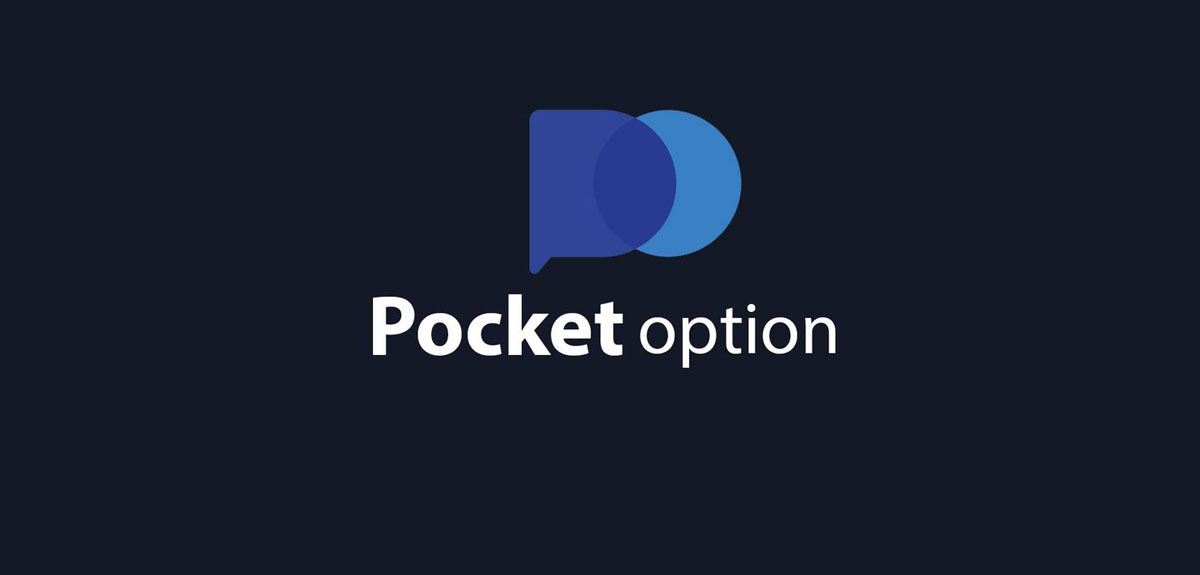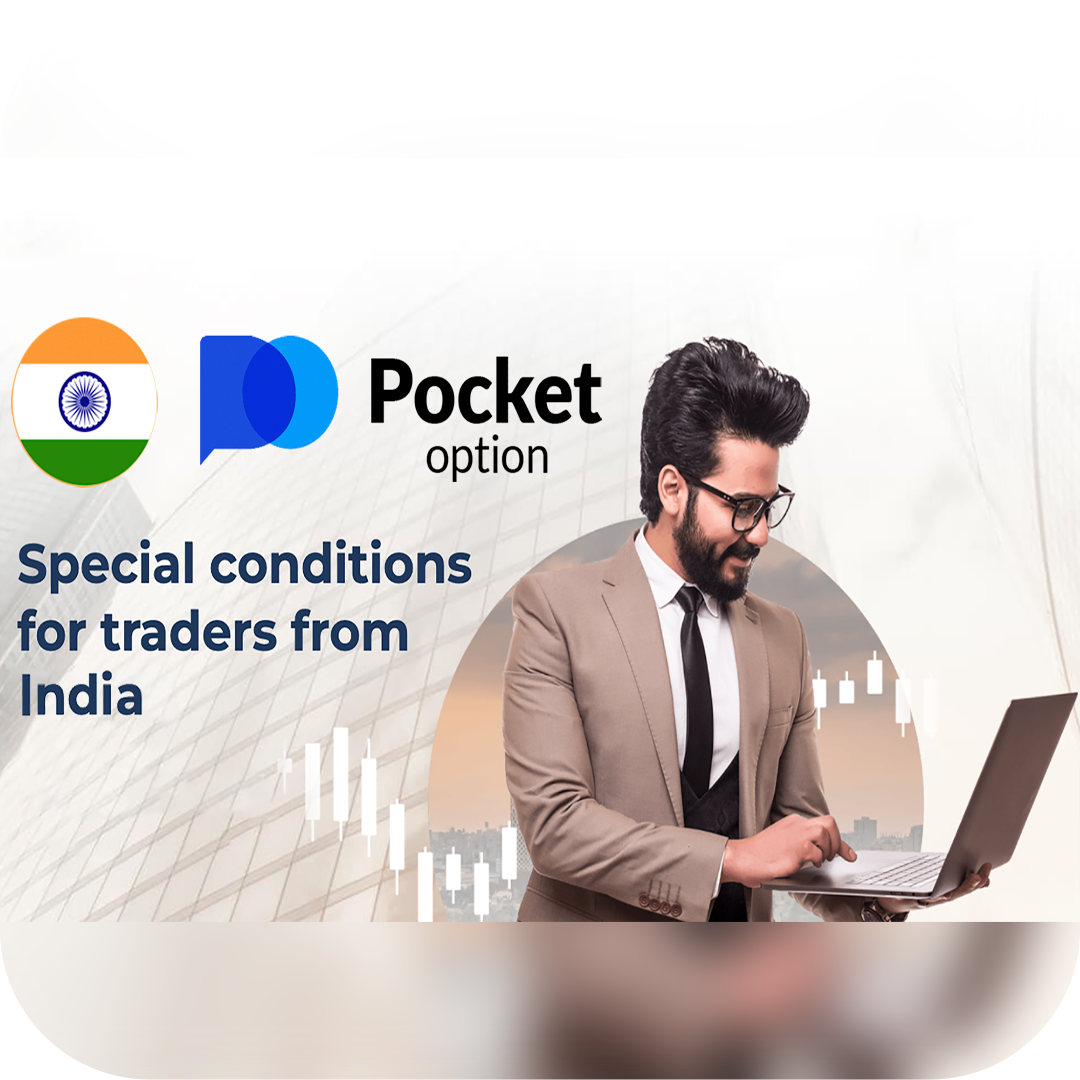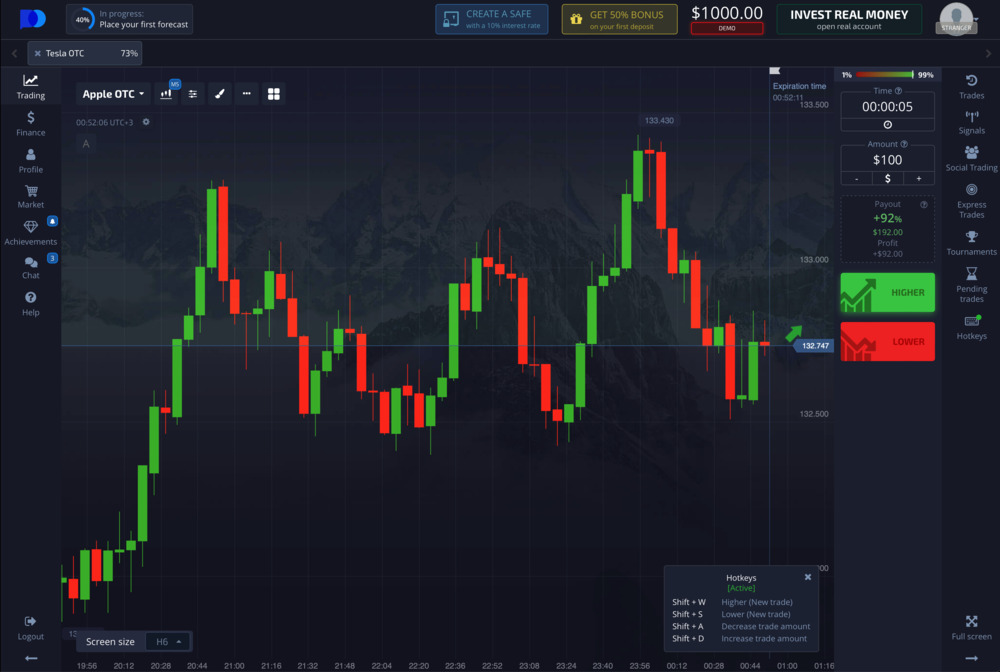
Pocket Option Fees Explained: Understanding Costs for Traders
When trading in financial markets, understanding the Pocket Option Fees Pocket Option Fees is critical for success. Fees can significantly impact profits and overall trading experience, making it essential for traders to be fully aware of any costs associated with their accounts. In this article, we will explore the various types of fees charged by Pocket Option and how they can affect your trading strategy.
Overview of Pocket Option
Pocket Option is a popular online trading platform that allows users to trade a variety of financial instruments, including binary options, forex, cryptocurrencies, and commodities. With its user-friendly interface and extensive range of trading tools, Pocket Option has attracted a diverse group of traders. However, like any trading platform, it is important to consider the fees associated with using Pocket Option to avoid unexpected costs that could impact your trading performance.
Types of Fees
When trading on Pocket Option, traders should be aware of the following types of fees:
1. Deposit Fees
Pocket Option does not charge any fees for deposits made into your trading account. You can fund your account through various methods, including credit/debit cards, cryptocurrencies, and e-wallets. However, it’s worth noting that some payment providers may impose their own fees. Always check with your payment method to ensure you understand any potential charges.

2. Withdrawal Fees
This is often a key area of concern for traders. Pocket Option charges withdrawal fees depending on the method used to withdraw funds. The platform currently offers several withdrawal options, including:
- Bank Transfers: Typically incur higher fees and can take several days to process.
- Cryptocurrency Transactions: Generally faster and usually have lower fees, although fees can vary based on the cryptocurrency network status.
- E-wallets: These have varied fees depending on the specific e-wallet service used.
It is vital to consider the total cost of withdrawal when selecting your withdrawal method to ensure a smooth experience when taking profits.
3. Trading Fees
When it comes to trading fees, Pocket Option operates on a unique model that sets it apart from other platforms. Instead of traditional spreads or commissions, traders pay a percentage for each trade. This percentage is typically factored into the price of the options being traded. Understanding the structure of these fees is crucial, as they can affect potential profits.
4. Inactivity Fees
Pocket Option has an inactivity fee policy. If an account remains inactive for a certain period, usually three months, a fee may be charged. This fee is intended to encourage active trading on the platform. However, traders can avoid this fee by logging into their accounts regularly and engaging in trading activities.
Fee Transparency and Regulations
Transparency in fee structures is vital for traders. Pocket Option provides clear information regarding its fees in its Terms and Conditions and User Agreement. This transparency allows traders to make informed decisions about their trading strategy and the potential costs associated with their trades. Additionally, Pocket Option is regulated by relevant financial authorities, adding a layer of trust regarding fund safety and fee practices.
How to Minimize Fees

To maximize your trading profits, it is important to minimize costs wherever possible. Here are some tips for reducing your overall fees on Pocket Option:
1. Choose Cost-Effective Withdrawal Methods
As mentioned before, withdrawal methods can incur differing fees. Opt for methods that have lower transaction fees and faster processing times, such as cryptocurrencies.
2. Avoid Inactivity Fees
To prevent inactivity fees, ensure that you log into your account and execute at least one trade every few months. Set reminders to keep your account active.
3. Monitor Trade Sizes and Frequencies
By being strategic about the size and frequency of your trades, you can better manage your exposure to trading fees. Consider scaling your trades to find a balance that fits your trading strategy.
Final Thoughts
Understanding the various Pocket Option Fees is essential for all traders seeking to navigate the platform effectively. From deposit and withdrawal fees to trading expenses, being informed can help you develop a more effective trading strategy and ultimately lead to better financial outcomes. By being proactive and knowledgeable, you can minimize fees and maximize earnings. Always remain updated on any changes to fee structures and practices to ensure that you are making the most of your trading experience.
By now, you should have a comprehensive understanding of Pocket Option Fees. Armed with this knowledge, you can approach your trading with greater confidence and insight.
